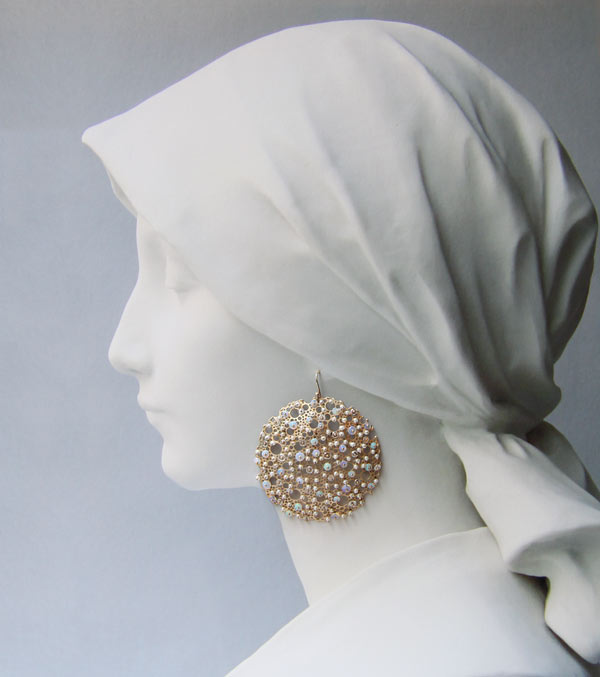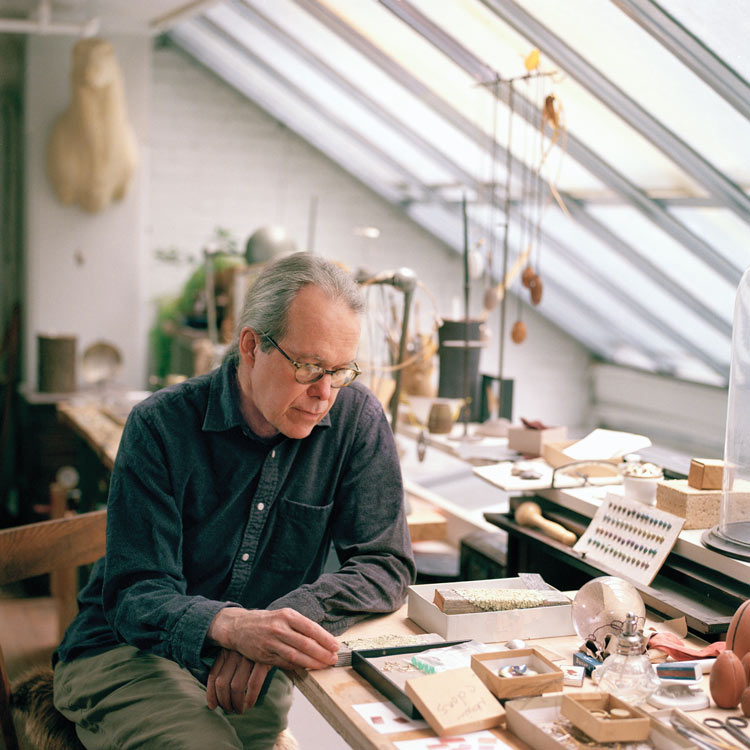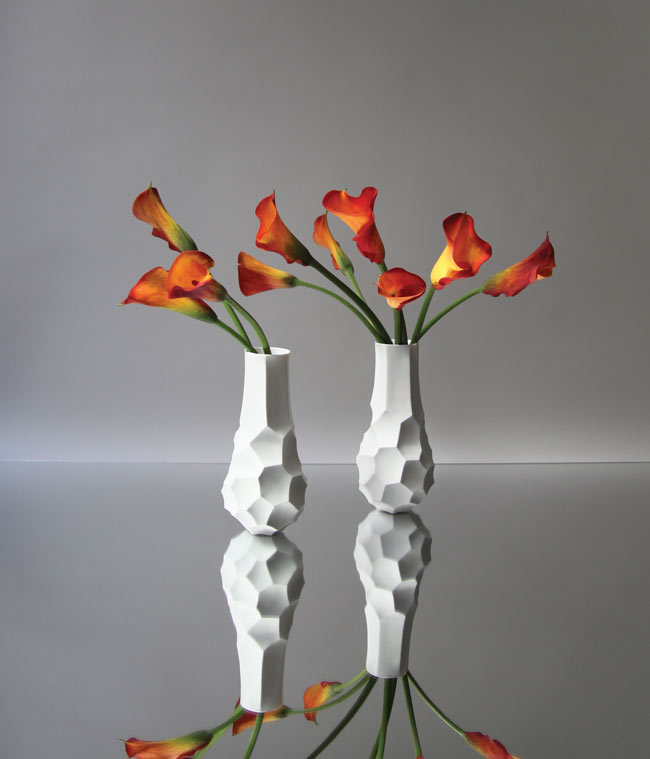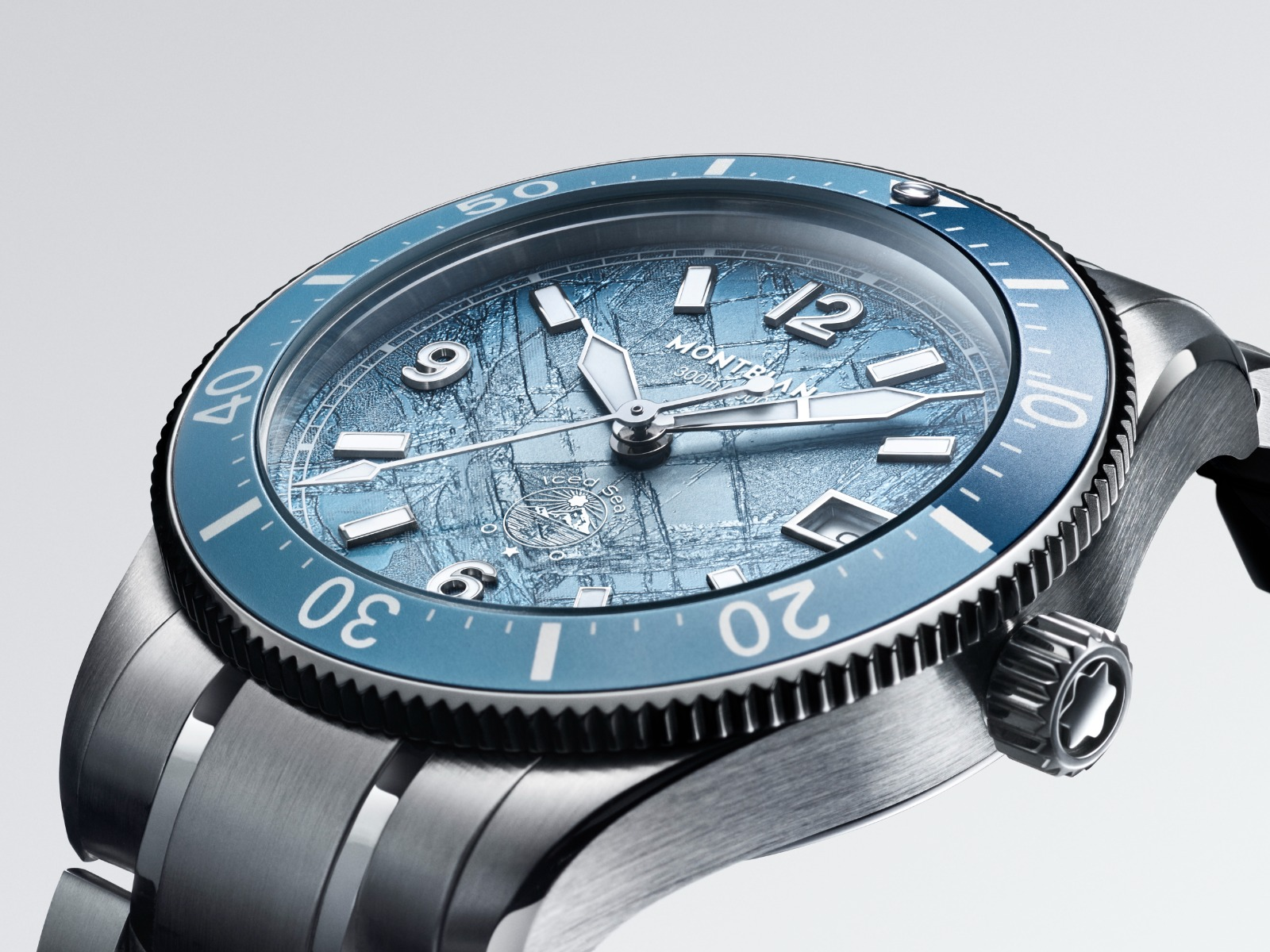Ted Muehling: The Top Jeweller You've Never Heard of
Aug 01, 2016

The name Ted Muehling may not be immediately recognisable. Among New York’s fashion and art cognoscenti, the jeweller is revered, but among the most savvy company, even those of us that spend time in New York, his name tends to elicit blank looks. Muehling prefers it that way. “It’s, sort of, the anti-status,” he says. “Our customers are in the publishing world or the art world or the design world, and they’re not glamour girls. They’re women who know themselves and don’t need earrings to walk into the room before they do.”
Among the first to discover Muehling was Anna Wintour, the editor-in-chief of American Vogue. Wintour wrote about the then up-and-coming young designer in the 1970s. “I met her before she discovered high heels,” quips Muehling. Wintour was writing for New York Magazine at the time. Muehling was fresh out of the Pratt Institute with a degree in industrial design and a passion for hand-hammering metal into delicate jewellery. He had just won the first of his Coty American Fashion Critics Awards. The award and the New York Magazine coverage helped propel Muehling to fame. He wasn’t entirely ready for the chaos that came with recognition.
“The business evolved into something much bigger than I could have imagined,” Muehling says. “But then I realised my strength is not in managing a business. So I did it in the only way I felt comfortable in.” That meant saying no to many opportunities that came his way. “All my career, I’ve said, ‘Thank you, but no.’ Since I only have five people helping me make things, I don’t distribute very much.” The only department store that carries his designs is Bergdorf Goodman.

Muehling has no shop in Hong Kong, but was invited to the city by Jane Chao-Lee, who owns the Maison Huit boutique. “Jane came to visit a few times in New York, she seemed very intuitive and I liked her,” says Muehling. Even so, it took years to persuade him to show his collection in Maison Huit.
Muehling’s extraordinary designs for jewellery and home decorations are delicate, sculptural and charming. They are inspired by nature, mimicking natural forms such as branches, corals, shells and eggs. As a child, the designer spent a lot of time in the woods behind his home in suburban New York, collecting beautiful leaves and flowers and trying to capture turtles to keep as pets.
A pair of earrings Muehling created for his former assistant, Gabriella Kiss, was inspired by Queen Anne’s lace, a weed that has clusters of small, white flowers. “I took a piece of gold and drilled a thousand holes in it and then I set it with tiny white pearls,” he says. “Then I made variations of it. I made them in gold and black pearls. I made a brooch with opals. I even ended up making a tea strainer.”
Another of Muehling’s masterpieces is a set of silver spoons, oxidised to look like blackened wood, their handles made from casts of seaweed that he collected on Long Island. The designer lives with his partner in New York City, but owns a house on Long Island, where he goes from time to time to dream and find inspiration. “I need quiet time,” he says. “I like boredom. If I’m bored, I dream about things.”

Muehling’s skills include working metal and cutting stones. The combination of these skills and his artistic eye is highly prized by creative enterprises. He has collaborated with companies including Nymphenburg Porcelain, America’s Steuben Glass Works, J & L Lobmeyr, the Austrian maker of glassware, and ER Butler, a US maker of hardware, for which he has designed doorknobs and hand-turned candlesticks.
The designer eschews market research and advertising, to the degree that he has papered over the display window of his studio in White Street in New York’s Tribeca. The premises are half studio, half shop. On show are Muehling’s own work and the work of dear friends such as Kiss, Lee Hale, Lynn Nakamura and Axel Russmeyer. The studio is in a quiet district of boutiques and offices. “It’s a destination,” says Muehling. “I have a limited audience and they come here because they know there’s something they like here.”
One shop is enough for Muehling. He is happiest working at the back, in his studio, designing and crafting pieces. “I don’t want to make jewellery for the world,” he says. “I don’t want to be Tiffany or Cartier. That’s not my goal. I only want to make something interesting and beautiful.”





























